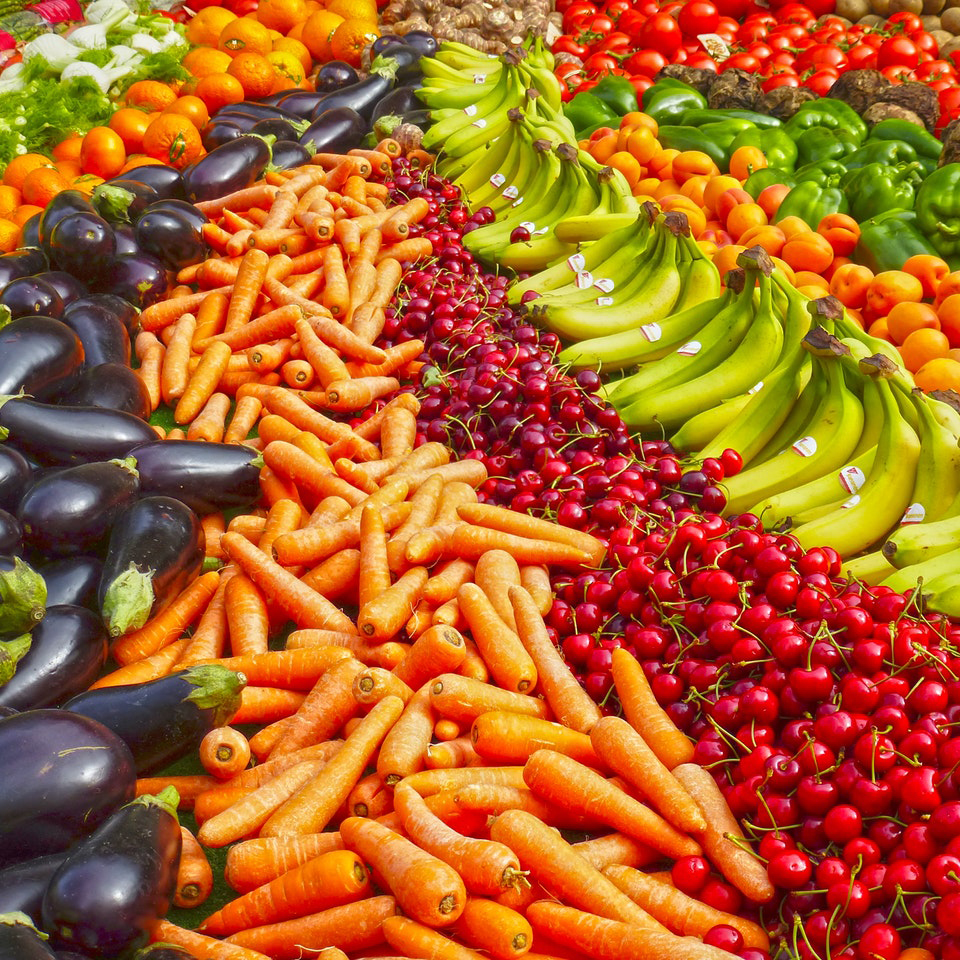Alerts & What’s Trending
Climate Change Has Much in Store for Menus
How Restaurants Can Maximize the Digital Landscape to Drive Sales
Drive-Thru and Barista Jobs Are Most Ripe for Automation
Restaurant Operators’ Response to Rising Costs
The State of Restaurants: Demand, Price and a Race for Loyalty

Produce
Weather issues (heat and rainfall_ continue to linger across several growing regions, leading to tightened supplies and quality issues, resulting in overall higher markets. Vegetable production out of the Salinas Valley continues to see a decrease in supply due to the virus. Additionally, the commodities still continue to see increased heat-related issues such as lighter weights, fringe burn, tip burn, internal burn, discoloration and lower shelf life.

Grains
Tuesday was a tremendously optimistic day for the wheat complex as big gains were seen everywhere but particularly in Chicago wheat, where the December contract saw a day-to-day increase of about 8%, wiping out all of last week’s losses. The surge could be attributable to a number of things, but the most likely cause is fresh concerns over the Black Sea grain trade. Even Putin himself was somewhat taken aback by how effective the export agreement has been thus far. We might witness a return to a very bullish price environment for maize and the wheat complex if the agreement isn’t renewed and grain exports from the Black Sea stop once more.

Dairy
Cheese block manufacturing in the US has grown in recent year and cheese cold storage inventories have been adequate. Demand both globally and domestically has been strong. Exports for 2022 are on record pace. With concerns about having enough supply to fulfill demand, both the block and barrel cheese markets increased. Another record price for butter has been reached due to strong exports and inadequate production. Bird flu and high demand drastically reduced egg inventories, driving up egg prices.

Beef
With the availability and price disparity being wider for premium grade boxes, the industry is moving in two different directions. Overall, the rib market is still stable, with some inventory providing purchasers time to consider their options for choosing between Choice, Sel, and No Roll. Strips keep getting softer, but there is still a shortage of CAB and higher product. Chucks are still holding the line, and inside round cuts are still steady.

Pork
The USDA pork belly primal price has been trending lower this week and is now down 35.4 percent from its peak in August ($2.170/lb). According to the USDA, this fall’s (Q4) U.S. pork output will be 1.5% lower than last year’s level, which might restrain the growth of pork belly (bacon) inventories in the coming months. Although bacon is a popular breakfast and sandwich item addition among Americans, its demand may be in doubt. This is because consumers may be choosing more robust meat proteins as a result of their limited budgets.

Poultry
Egg supply remains tight due to the current impact of the Avian Flu. Demand on wings and prices continue to be steady. Tenders are dropping and availability is increasing. Boneless leg meat is readily available with prices down again this week. Whole birds are trending higher.

Seafood
Seafood import prices were released by the USDA last week. Snow crab is down almost 15%. This is the 8th consecutive month that snow crab has fallen. The frozen cod market strengthened. The Great Lakes’ warm water gradually cooled, allowing for better Walleye and Whitefish harvesting (perch remain elusive). As fish grow to the right size for harvest, catfish production increases.



